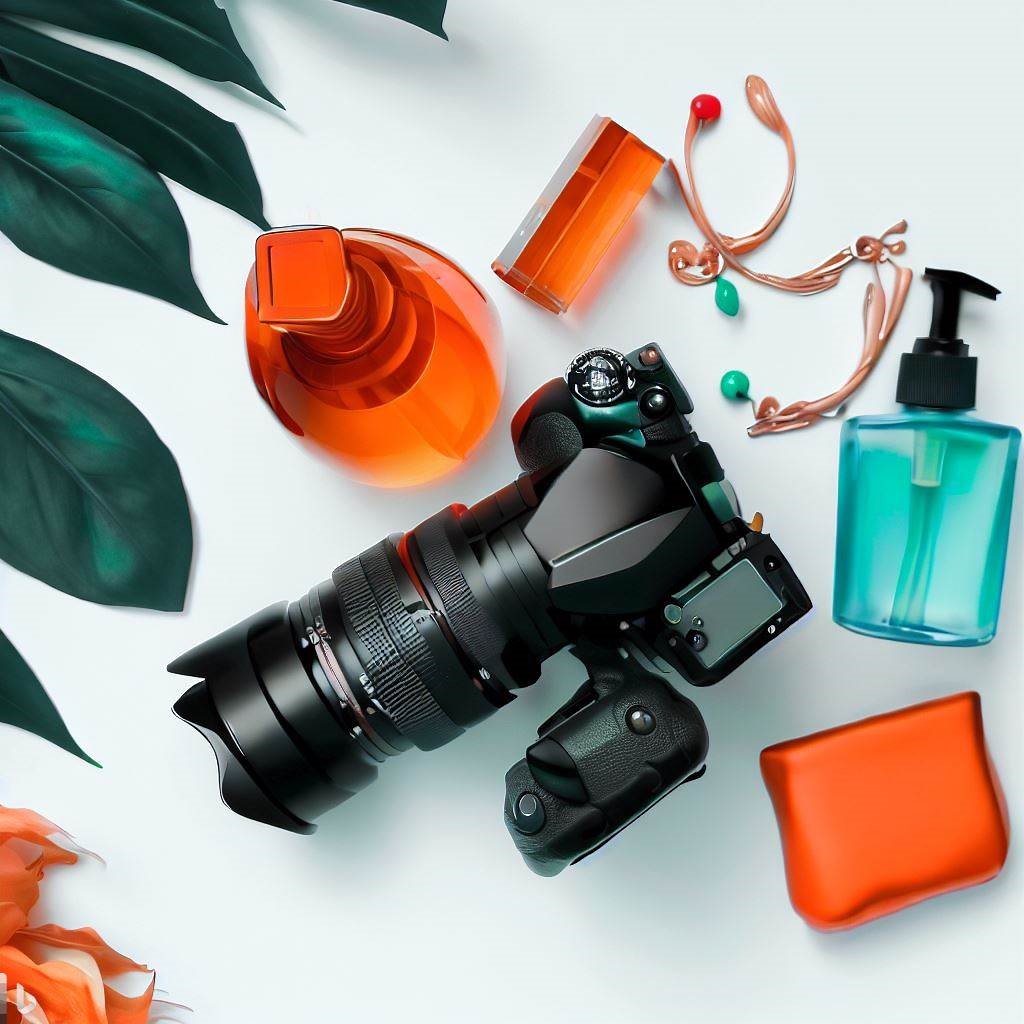
In the fast-paced world of e-commerce, a picture is worth not just a thousand words, but potentially thousands of dollars. High-quality product photography is the cornerstone of any successful online store. It's the closest your customers can get to physically touching and examining your products before making a purchase. To help you make the most of your e-commerce venture, here are some valuable tips for mastering the art of product photography.
- Invest in Good Equipment
- Use Proper Lighting
- Choose the Right Background
- Master Composition
- Maintain Consistency
- Focus on Product Details
- Post-Processing Matters
- Show Products in Context
- Optimize for Mobile
- A/B Testing
Conclusion
Mastering the art of product photography is an ongoing journey. With the right equipment, lighting, and attention to detail, you can create stunning product images that entice customers, build trust, and ultimately boost your e-commerce success. Remember, your product photos are often the first impression customers have of your brand, so make them count.





